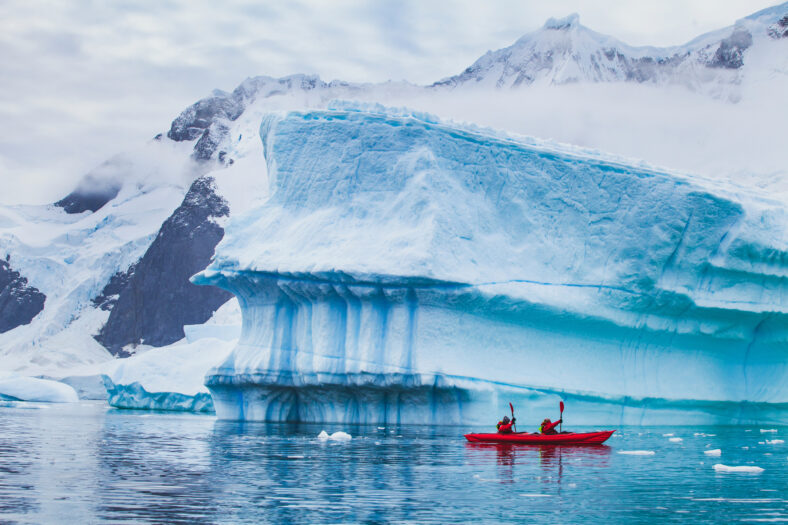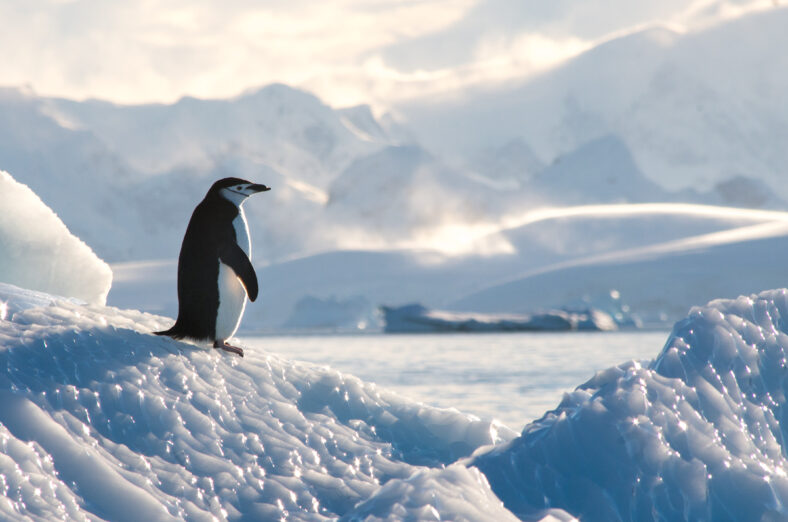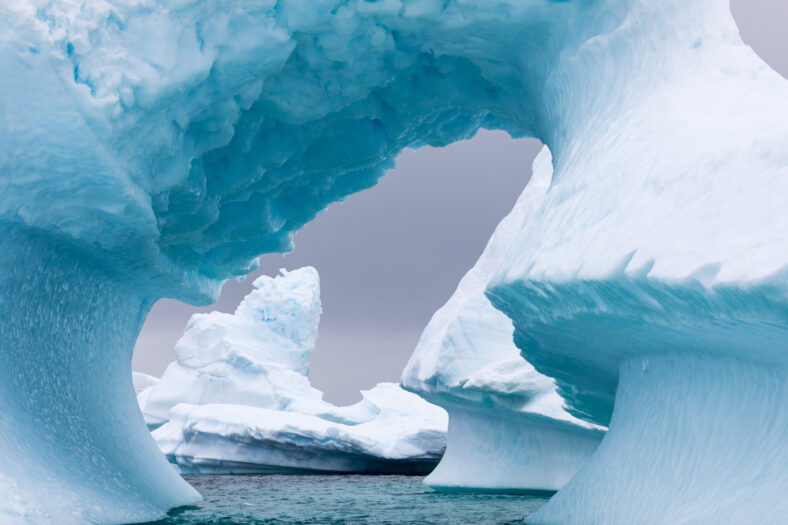How Tinier Life Forms Survive Living In Antarctica

How Can Life Survive In The Frigid Temperatures Of Antarctica?

Life still manages to survive in the freezing depths of Antarctica—the question is how? It’s strange to think that insects and the smallest animals can live in the cold.
The survival strategies of the tiny creatures that call this harsh landscape their home could have implications for science and medicine.
Tiny Animals And Insects Can’t Grab Their Coats Or Turn Up The Thermostat

When humans are cold, we simply put on a coat. Other warm-blooded animals may be large, furry, or fat to insulate their bodies.
It takes a lot of energy to generate your own body heat. Insects do not do this. They gather heat from the environment.
Insects Don’t Require As Much Energy As Warm-Blooded Animals Do

They don’t need as much energy to grow compared with warm-blooded animals, which is partly why there are so many of them around the world.
Generally, animals can develop frostbite or even die when the temperature drops below 32 degrees Fahrenheit. Yet, some insects can survive freezing temperatures.
And This Is How They Survive Freezing Temperatures

In order to do so, they will use strategies like freeze tolerance or freeze avoidance. For instance, they produce cryoprotectants like glycerol, which lowers their freezing point. Some generate antifreeze proteins that prevent ice crystals from forming in their tissue.
In the Antarctic, mites are common. There are over a hundred species, and some even live in the nasal cavities of penguins. Other Antarctic mites that do not rely on a host are freeze-avoiding. They lower the freezing point of their body to well below 32 degrees Fahrenheit.
Springtails are one of the smallest land animals in Antarctica. They are related to primitive insects but lack a few of the features we see in modern insects. Their mouthparts are internal, and they can reach a temperature of -36.4 before they freeze to death. Springtails are small, but they are important for the soil in Antarctica.
There’s Only One True Insect Found In Antarctica

The only true insect species found in Antarctica is the midge species Belgica Antarctica. It can tolerate many periods of sub-zero temperatures during its lifespan. It takes two years to reach adulthood.
This species can endure ice crystals forming in its body by minimizing tissue damage. It can even lose water from its body to get rid of molecules that could form into ice crystals.
The most dominant animals in the Antarctic are nematodes, small, worm-like animals that live on top of soil. They can survive even when their body cells freeze. For another group called tardigrades, freezing can actually extend their life. One tardigrade species known as Acutuncus antarcticus was frozen at -4 degrees Fahrenheit. Thirty years later, it was defrosted with no ill effects.
There Are So Many Species Still Left To Be Discovered On Our Planet

They have the potential to help humans in medicine, organ transplants, climate adaptation, food storage, and innovation in science and technology.
More About:News